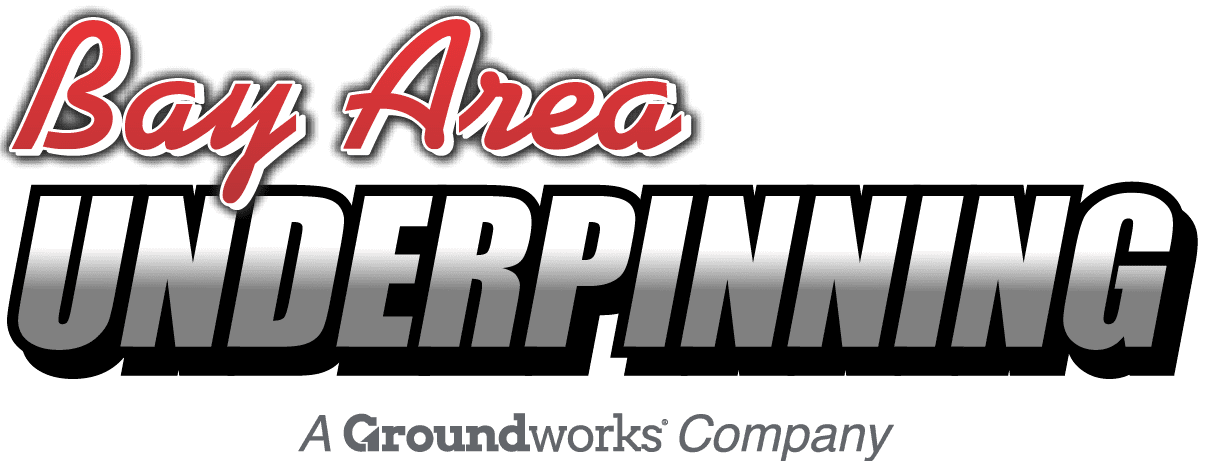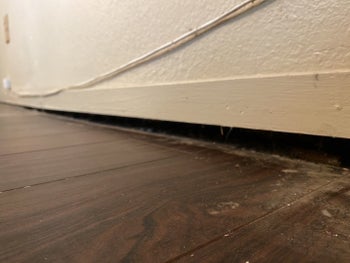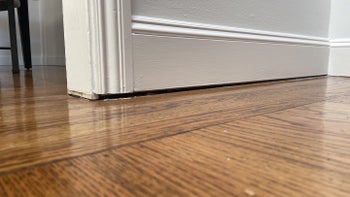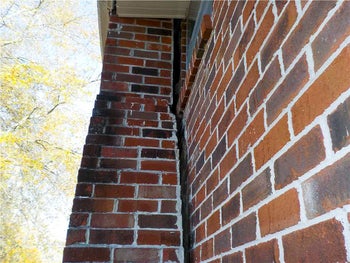Can House Leveling Fix Uneven Floors?
Table of Contents
1. What Causes Uneven Floors?
2. What Is House Lifting and How Is It Done?
3. What About DIY House Leveling?
4. Signs A House Might Need Lifting
5. How To Prevent Foundation Problems
Uneven floors can originate from various causes and result in further home damage and safety hazards. While they are common issues, it’s essential to address them with the right foundation repair solution for your home.
One way you can do this is with house leveling methods such as underpinning or crawl space jacking.
Are you looking for information about how house lifting can fix uneven or slanted floors in your home? If so, don’t hit that back button because that’s what we will talk about in this article. We’ll cover what house leveling is, why houses sometimes need it, how it’s done, signs your home might need house leveling, and more.

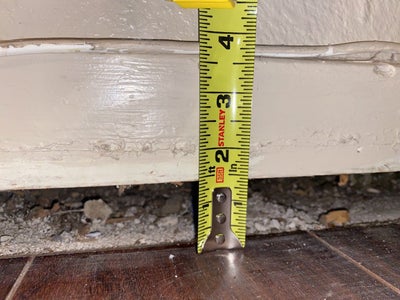

What Causes Uneven Floors?
The causes of an uneven floor vary depending on what kind of foundation you have. Let’s take a look at what causes uneven floors in a slab foundation vs what causes them in a crawl space foundation.
Uneven Slab Foundation Floors
The leading cause of uneven floors in a slab foundation is usually something called differential settlement. This is when the foundation settles into the ground unevenly. (All foundations will settle slightly into the ground after they’re built. This usually isn’t a problem so long as the settlement is uniform.) Differential settlement is another matter. Differential settlement puts a lot of stress on a foundation and can lead to uneven floors, cracks in walls, floors, and ceilings, doors and windows that don’t open or close properly, etc.
But what causes differential settlement? Differential settlement can be caused by various things, including:
- Soil that wasn’t adequately compacted before construction started – Soil needs to be properly tamped down before you build on top of it. If you don’t do this, the structure could settle into the ground unevenly after it’s built.
- Seismic activity – We probably don’t need to explain how this works.
- Expansive soil – Expansive soil is clay-rich, and because of this, it expands as it absorbs moisture and shrinks as it releases moisture and dries out. This swelling-shrinking cycle creates movement in the soil under the foundation and can, over time, lead to differential settlement.
- Weather changes – Imagine building a house on top of expansive soil during the dry season. When the season changes and it starts raining again, the soil will swell, and this can cause differential settlement.
- Improper drainage – Incorrectly installed gutters or downspouts can lead to foundation issues because they allow water to soak into the soil next to the foundation. This could lead to foundation movement/settlement. If you have a crawl space, a sump pump can remove water from the foundation.
Uneven Crawl Space Foundation Floors
Uneven floors in a crawl space foundation are usually caused by one of the following:
- Settled support piers – If the support piers in the crawl space have settled and become non-vertical because of soft, wet soil, this could result in uneven floors and other problems.
- Not enough support piers – Sometimes, a building contractor will fail to install an adequate number of support piers.
- The support piers aren’t properly spaced – Improperly spaced piers can also cause uneven floors.
- The support piers are damaged – The damage might have been caused by termites or other wood-eating pests, mold, wood rot, or something else. Obviously, damaged support piers are unable to support the floor above the crawl space.
- The support posts or screw jacks need to be replaced – In some cases, the support posts or screw jacks in your crawl space may need to be replaced. The posts or screw jacks might be old (because the house is old), or perhaps the combination of moisture and expansive soil has caused the uneven floors.
What Is House Lifting and How Is It Done?
House lifting is done in order to correct a variety of problems that might cause uneven floors, cracks, problems opening windows and doors, and other issues. The goal of house leveling is to level, strengthen, and stabilize the foundation.
House Lifting For Slab Foundations
House lifting for slab foundations usually involves underpinning the foundation using push piers, helical piers, or slab piers. Helical piers are used for lighter-weight structures and for new construction. Push piers are more commonly used for larger buildings or homes. Slab piers are specific to slab-on-grade foundations.
Each of these foundation pier systems supports and strengthens the house’s foundation. During the installation process, piers are driven down to load-bearing soil or, in some cases, bedrock, reaching competent soil that’s now able to support the foundation. The general installation process is as follows:
- The soil around the affected area of the foundation is excavated and typically dug down, exposing the footing in a 3’x2’ area.
- Heavy-duty galvanized steel brackets are installed and mounted to the foundation.
- Then, we hydraulically drive down the pipe through the mounted bracket until we reach load-bearing soil. Helical Piers are spun into the soil using pipes or extensions until they reach competent soil.
- Once the piers have all been driven down, reaching load-bearing soil, we place lifting cylinders onto the piers and use a hydraulic manifold and pump to perform a synchronized hydraulic lift raising the foundation back to level conditions and stabilizing the foundation from experiencing any future settlement.
- After all of the piers have lifted the foundation, we use a zip level to take elevations of the home to confirm how much lift was recovered. There may be a void created on the outside of the home that you can visually see the foundation has lifted depending on how much the foundation has settled.
- If the home is a slab foundation and there is a void present, we will perform polyurethane injections into the slab or from outside of the home to support the foundation and create that earth-to-slab contact once again. If the home is a crawl space, the posts or screw jacks under the center of the home may need to be adjusted to create the overall levelness of the home. In most cases, it is typically only a side of the home or section of the home that the foundation is experiencing settlement. Depending on repair plans will determine what repairs need to happen to have a safe and stabilized foundation.
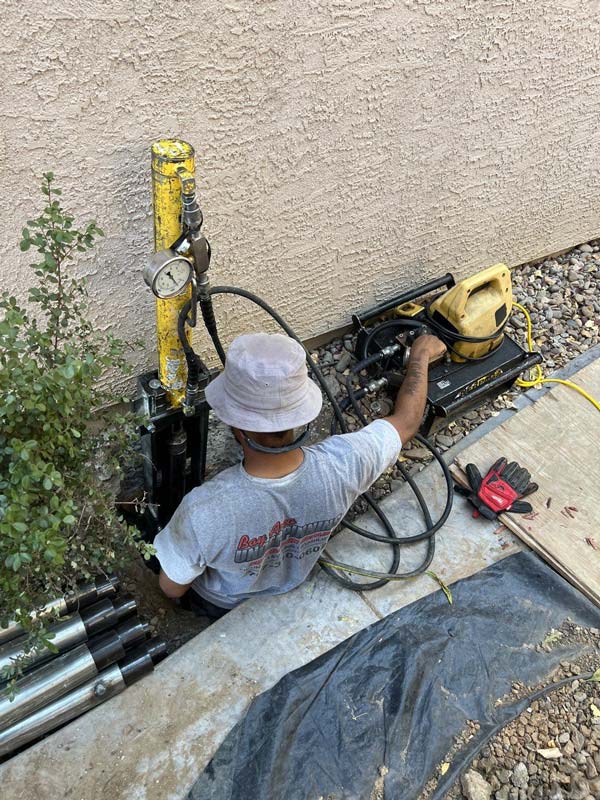
House Lifting For Crawl Space Foundations
House lifting for crawl space foundations depends on what caused the floor to become unlevel. It will probably be one of the following repair solutions:
- Remove the settled support piers that are no longer vertical and replace them with either new support piers or steel screw jacks, which can be adjusted later, if necessary. However, unless you solve the problem of why the support piers settled into the soil and became non-vertical, the fix will be temporary. Eventually, the new support piers will also settle into the ground and become non-vertical. Usually, the problem is poor drainage around the foundation. Therefore, the solution usually involves installing a drain tile system to control groundwater around the foundation.
- If the problem was caused by deteriorated screw jacks, the solution will be to replace them with new galvanized screw jacks that have corrosion protection.
- If the floor became unlevel because there aren’t enough support piers in the crawl space, the solution will be to add piers.
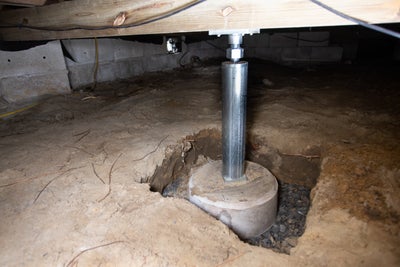
What About DIY House Leveling?
House leveling is a job you’re going to want to leave to the pros. Only they have the training, experience, and necessary equipment to get the job done correctly.
While house leveling can be an expensive repair, it’s not something you want to postpone. Foundation problems get worse if they’re not repaired. If you wait, you’ll end up spending even more money to fix the damage.
Signs A House Might Need Lifting
Along with uneven floors, other signs your home might need house lifting include:
- Cracks in walls, floors, and ceilings
- Doors and windows that don’t open and close properly
- Stair-step cracks in brick or masonry
- Torn wallpaper – Maybe the wall behind the wallpaper is cracked
- Drywall cracks or nail pops
- Ceilings and floors that have separated from the wall
- Chimneys and porches that are tilting away from the house

If you see any of the above – or anything else that seems suspicious – contact a foundation repair contractor right away for an evaluation.
How To Prevent Foundation Problems
Because water is responsible for most foundation problems, you can go a long way toward preventing trouble by simply controlling groundwater around the foundation. Here are some ways to do that:
- If necessary, regrade your yard so that it slopes away from the foundation. This will prevent water from draining toward the foundation and soaking the soil.
- Clean your gutters regularly so that runoff doesn’t spill over the side of your house and soak the ground around the foundation.
- Install downspout extensions that will carry runoff at least four feet away from the foundation before releasing it.
- Don’t plant flowers, shrubs, and other vegetation next to the house. You don’t want a reason to add water to the soil around the foundation.
- Install a drain tile system. This is, by far, the best way to waterproof a foundation. Drain tile systems work by preventing excess moisture from building up in the soil around a foundation.
If you’re in our Northern California service area and think your home might need house leveling, contact us today and schedule a foundation evaluation.
More Resources
Publish Date:
Last Modified Date:

Our Locations
2333 Courage Dr. Suite C
Fairfield, CA 94533
1161 N Fair Oaks Ave
Sunnyvale, CA 94089
